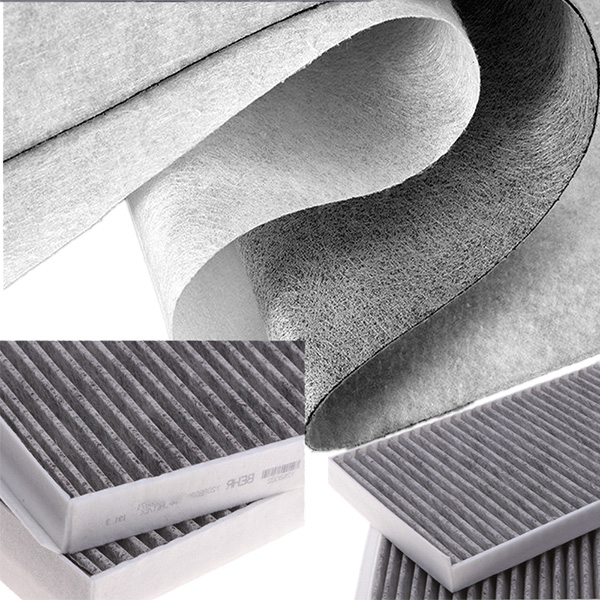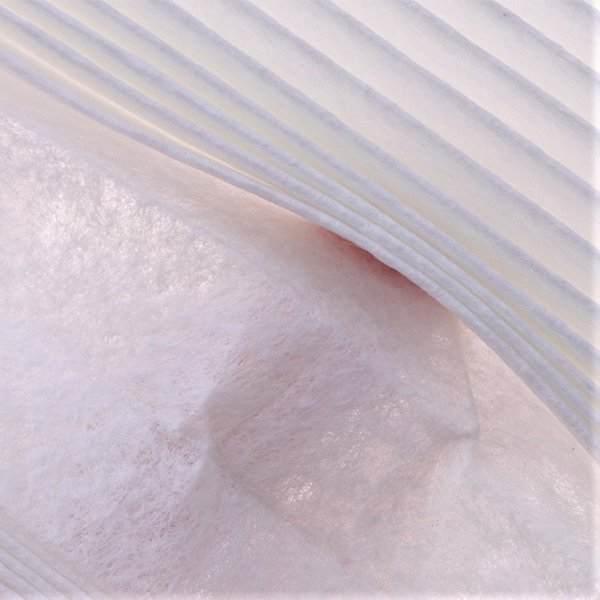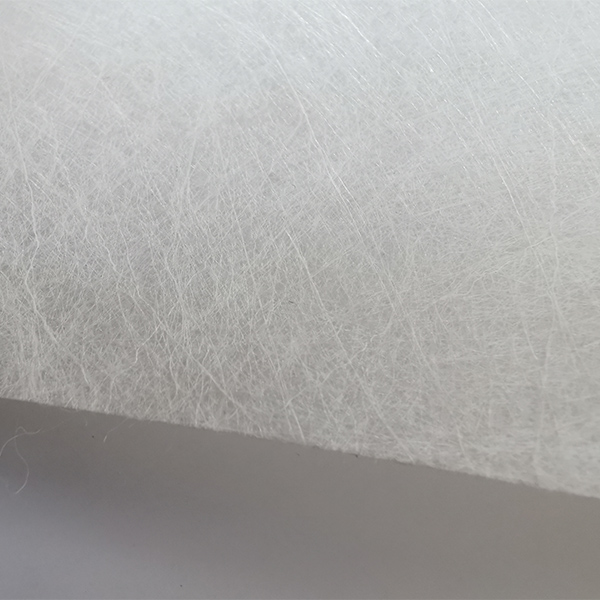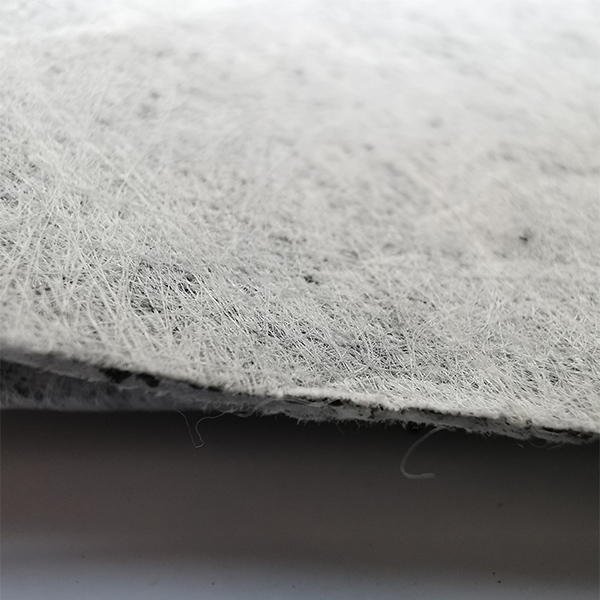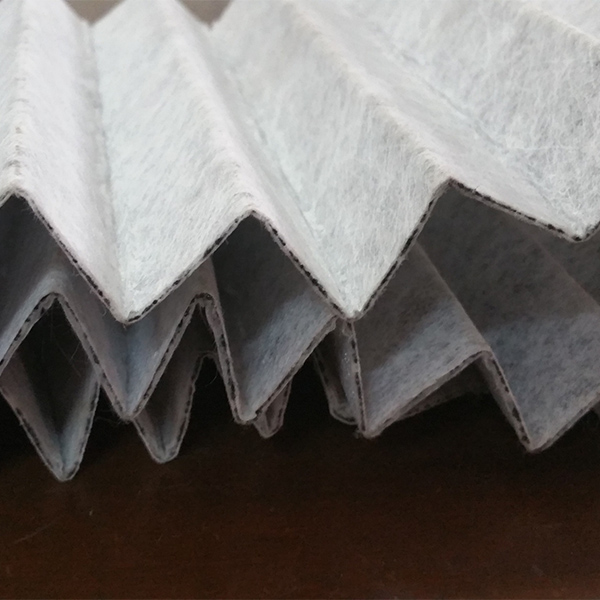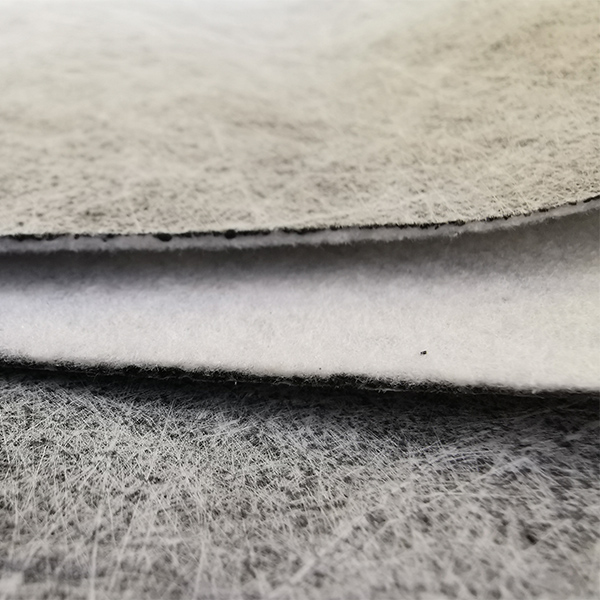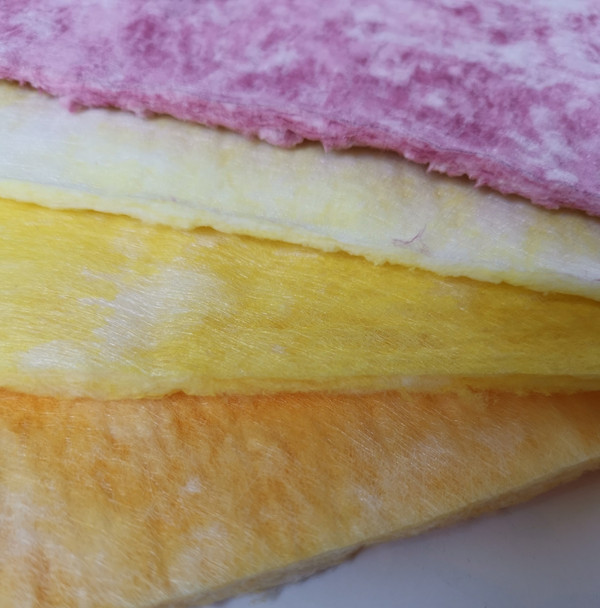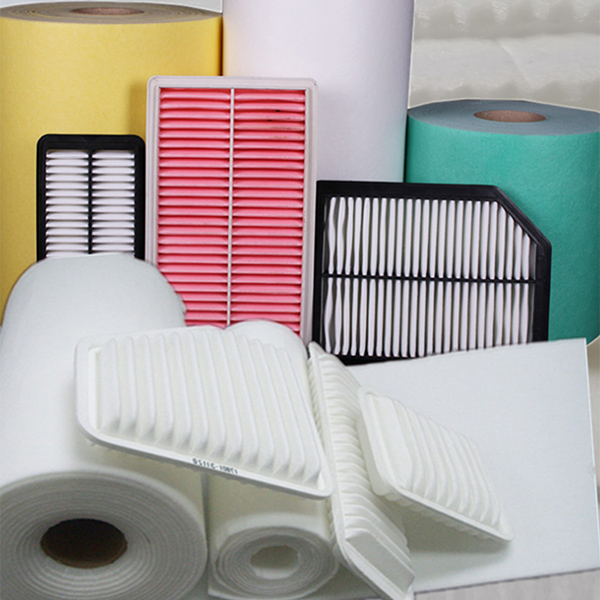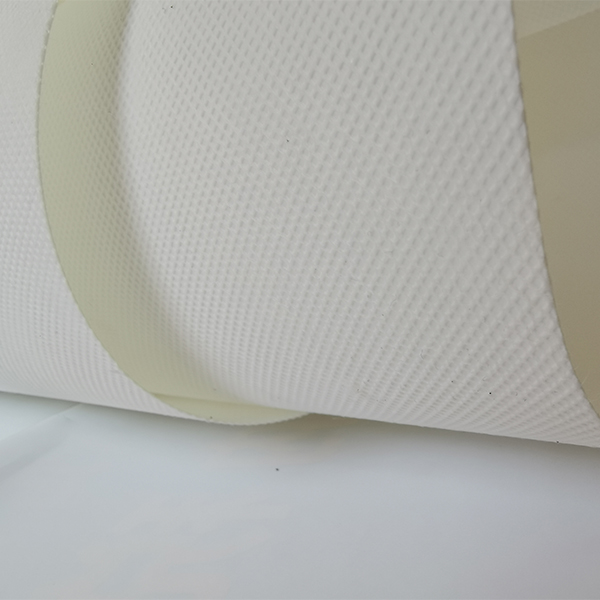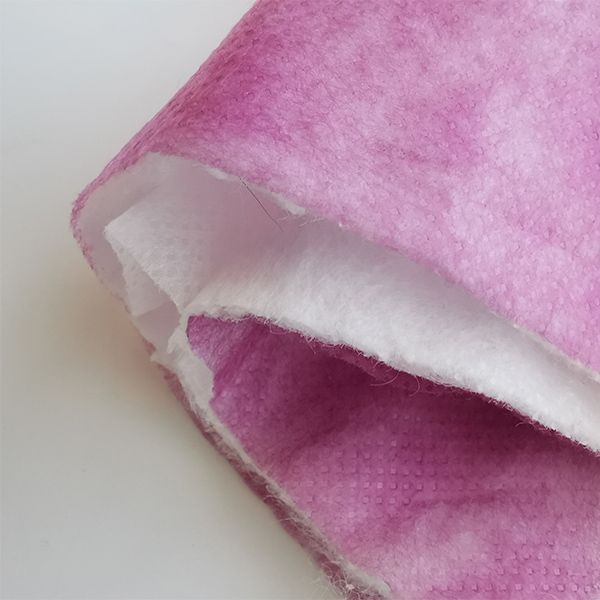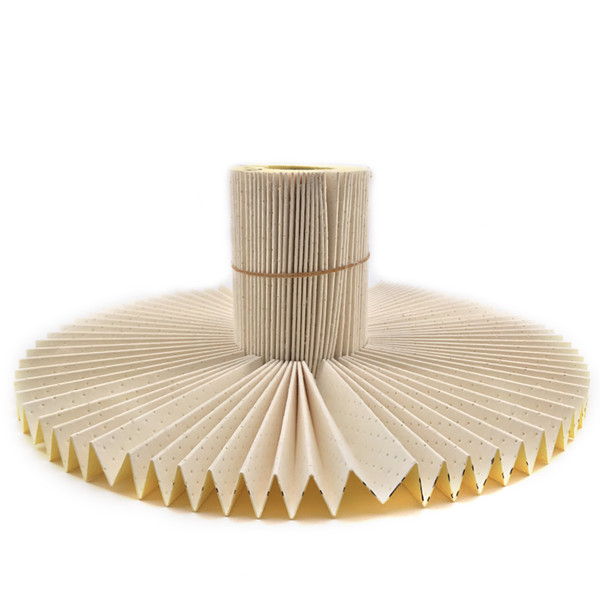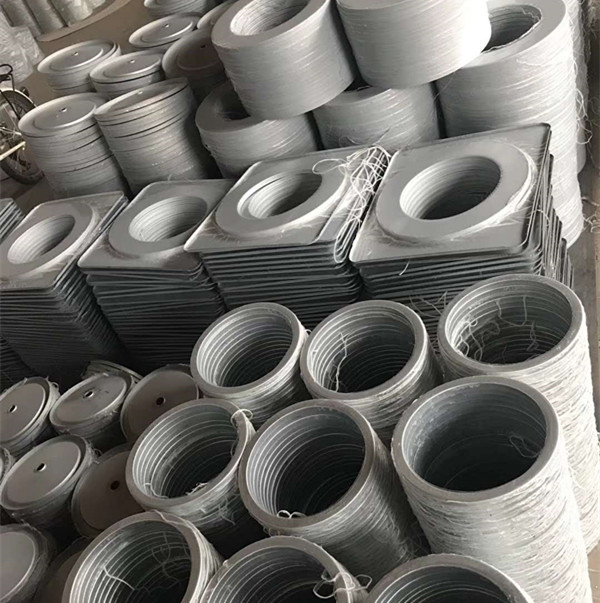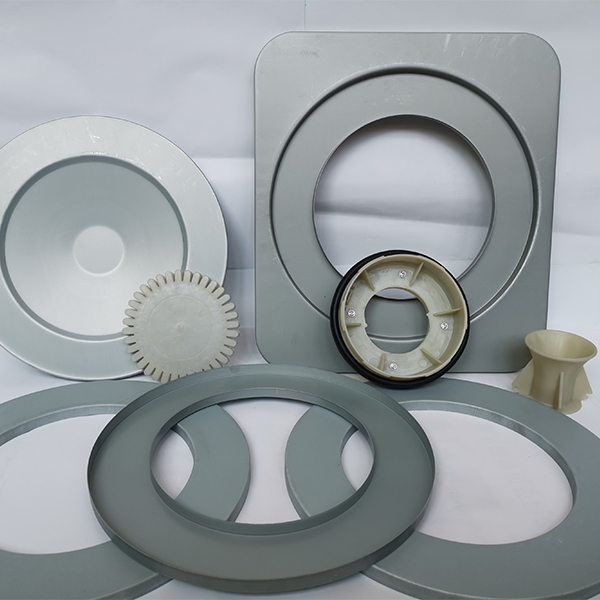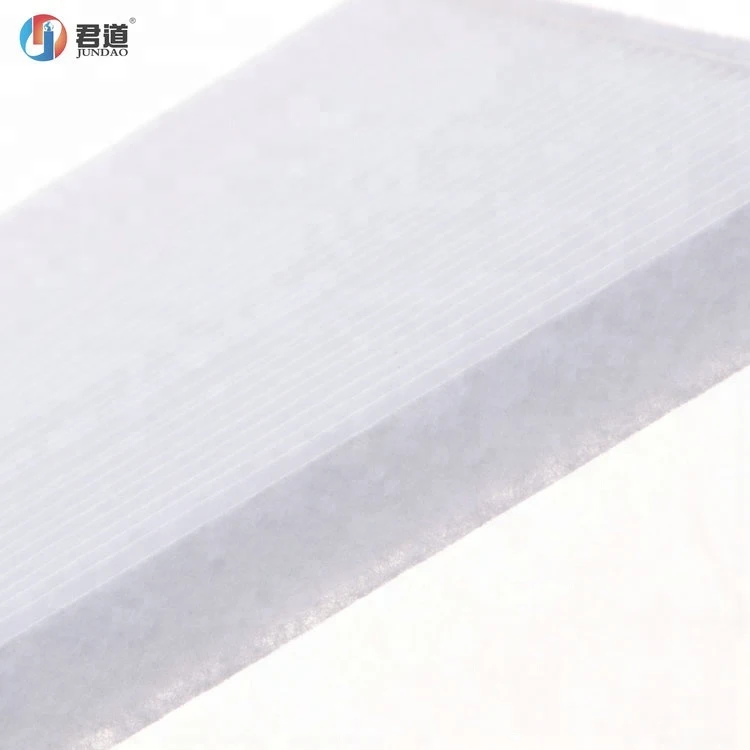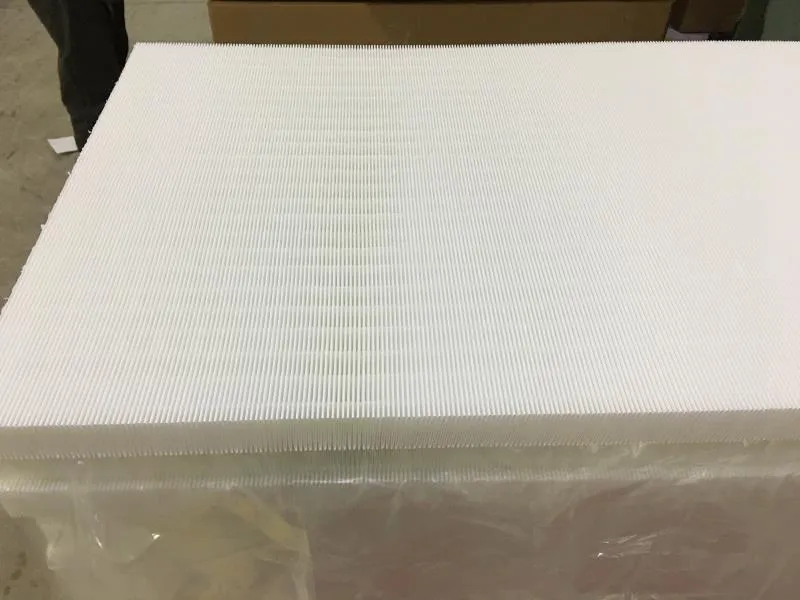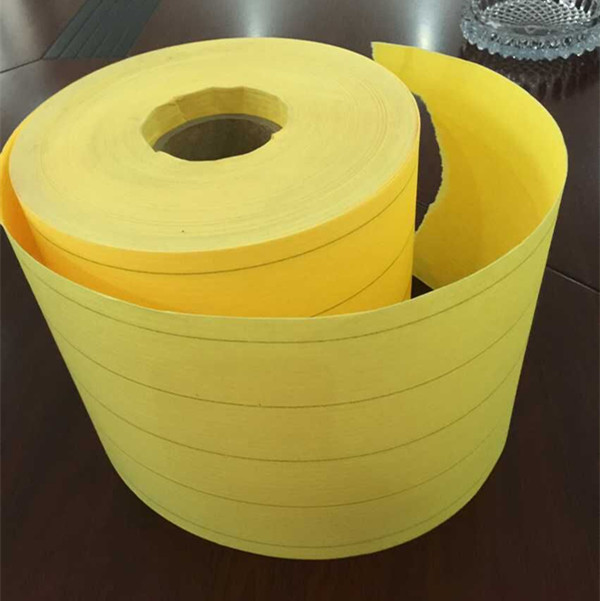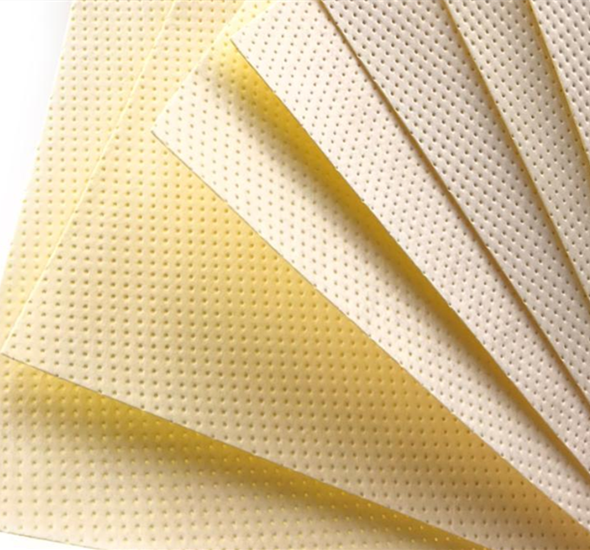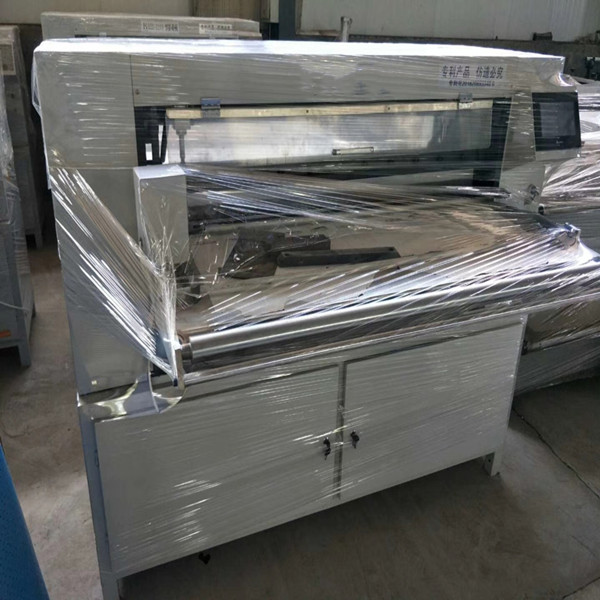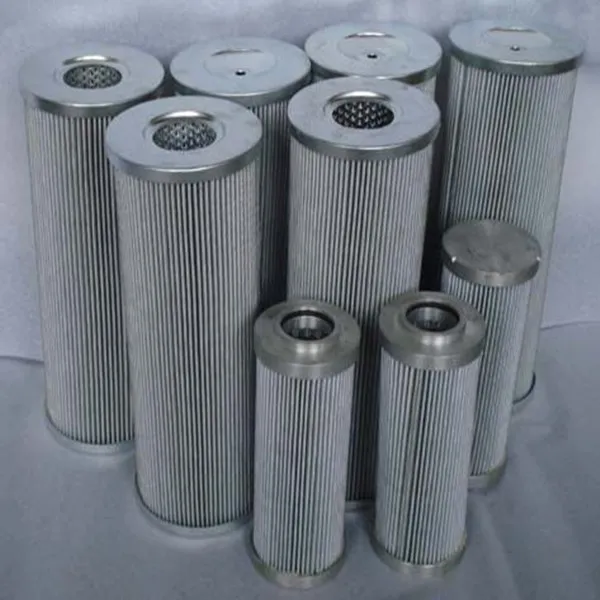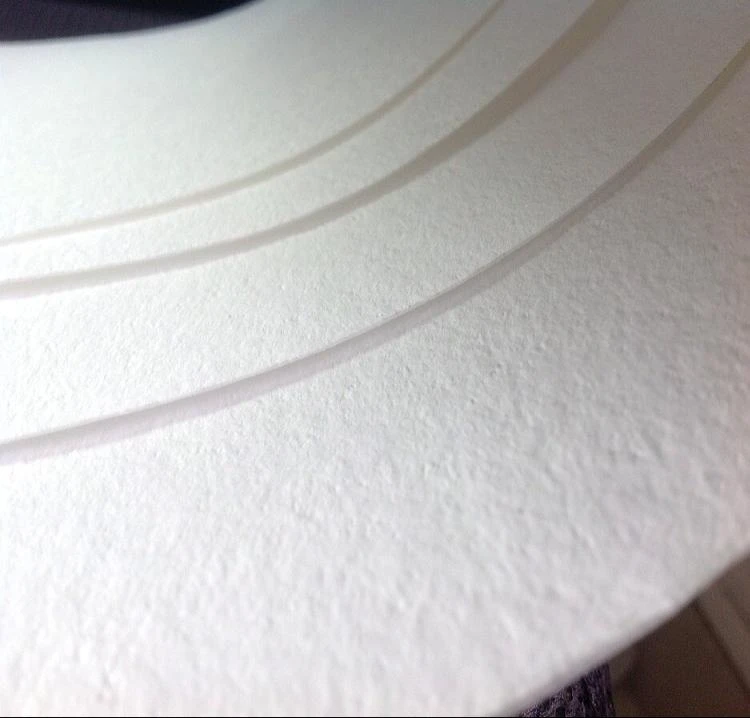Media Penapis Udara Kabin
Media penapis ini diperbuat daripada pelbagai fabrik dengan atau tanpa karbon teraktif. Banyak gaya lapisan sokongan, lapisan penapisan dan lapisan fungsi boleh digabungkan untuk memenuhi keperluan sifat yang berbeza.
Ciri produk:
Ketebalan seragam
Kehidupan bekerja yang panjang
Rintangan pecah yang besar
Prestasi pleating yang sangat baik
Tidak berbau dan menyerap bau
Permohonan: Penapis Udara Kabin, Jalur Sisi Penapis Udara Kabin, Penapis Penghawa Dingin, Peralatan Pembersihan Udara, Penapis Udara Panel, Katrij Penapis, dsb.
Penerangan Produk:
Bahan PET/PP dengan/tanpa Karbon Teraktif
Berat Asas 100-780g/m2
Kebolehtelapan Udara 800-2500L/m2s
Ketebalan 0.5-3.0mm
Catatan: Spesifikasi lain juga tersedia mengikut keperluan atau sampel pelanggan.
How Cabin Air Filter Media Improves In-Cabin Air Quality and Passenger Health
Cabin air filter media plays a crucial role in trapping airborne pollutants, allergens, and harmful particulates before they enter the vehicle's interior. By capturing dust, pollen, smoke, and even bacteria, these filters significantly reduce respiratory irritants, benefiting passengers with allergies or asthma. Advanced filter media also block exhaust fumes and odors, creating a cleaner, more comfortable cabin environment. In urban areas with high pollution levels, an efficient cabin air filter minimizes exposure to PM2.5 particles and toxic gases, enhancing long-term passenger health. Additionally, by preventing debris from clogging HVAC systems, these filters maintain optimal airflow, ensuring consistent ventilation and reducing the risk of mold growth inside air ducts.
Types of Cabin Air Filter Media: Synthetic, Activated Carbon, HEPA Filters
Modern cabin air filters utilize different media types for varying levels of protection. Synthetic fiber filters offer high dust-holding capacity and resistance to moisture, making them durable and efficient for basic particulate filtration. Activated carbon filters add an extra layer of defense by adsorbing harmful gases, odors, and volatile organic compounds (VOCs), which is particularly useful in heavy traffic or industrial areas. HEPA-grade filters provide the highest level of filtration, capturing up to 99.97% of particles as small as 0.3 microns, including fine dust, smoke, and allergens. Some premium filters combine multiple media types, such as synthetic layers with activated carbon, for comprehensive air purification inside vehicles.
Differences Between Synthetic and Natural Fiber Cabin Air Filter Media
Synthetic cabin air filter media, typically made from polyester or polypropylene, offers superior durability, moisture resistance, and consistent filtration efficiency compared to natural fiber options. These materials are less prone to mold and bacterial growth, making them ideal for humid climates. Natural fiber filters, often composed of cellulose or cotton, may provide adequate initial filtration but degrade faster when exposed to moisture, leading to reduced performance over time. Synthetic media also allows for finer fiber structures, improving particle capture without significantly restricting airflow. While natural fiber filters are sometimes marketed as eco-friendly, synthetic alternatives often last longer and provide more reliable protection against modern urban pollutants.

